A wall is just a wall. But it was intriguing enough to take a second, and even a third look at. Made a quick snap on aperture priority and got a picture, well, of a wall. Looked like a nice color palette but kind of like a coral reef below at about 40′ or so, the color was muted and bluish. (I was a big fan of Jacques Cousteau when I was a kid. Read all his books, and I always remember his early underwater flash photography, and his musings as to why all this magnificent color got stashed in a place where the eye couldn’t see it, except when you hit it with artificial light.)
So there’s the wall.
It’s a beautiful backdrop, for free, right there in front of you.
[More after the jump]
But it is shrouded in open shade–very blue light. This was evident when we put a ballerina in there.
Even the D3 on auto white balance, which crunches Kelvin pretty good, came back with a bluish result. Not a displeasing frame…kinda liked it. But in the old photographic spirit of never leaving well enough alone, I took out the bedsheet I had swiped from my hotel room that morning, some gaffer tape, a couple of small light stands, and 2 SB 800 units on Justin Clamps.
And then proceeded to make a mistake. Not intentional, nor (in this rarest of instances) blatantly stupid, but a mistake nonetheless. I basically connected my light source to my backdrop. The bed sheet is loosely stuck to the actual wall I am shooting, on camera right. This is either going to cause an unwanted, glaring highlight, or, at the very least, produce a reverse gradation of the light. In other words, you generally would want your scene to gradate down in value as you get to the edges of the frame, thus keeping your viewer’s eye corralled. By doing what I am doing here, the light gradates upward in value on the right side, and the eye of the beholder just tumbles out of the photo. As you can see from this snap, I hit the jackpot. Glaring highlight, and reverse gradation. Give that man a cigar!
The solution here is very complicated, expensive and not widely used in our industry. It is called, “gaffer tape.” Build a small gobo, or flag, out of gaffer tape, on the wall side of the diffuser dome, and you feather (swivel) the light to the left, i.e., swing the sources so they are pointing into the photograph at a sharp angle to your subject. In other words, they are hardly pointing to the wall at all. What is lighting the wall is spill.
Then the wall gets deep, and rich, and intriguing but not overwhelming. It is just…there, soft and muted, but vibrant and rich. Color wise, it is a far cry from the available light snap made earlier. (Big difference in Kelvin here….flash is running maybe about 5400 degrees, while the shaded daylight in there could have easily been around 7000 degrees, or about the temperature of the interior of your average freezer, at least in terms of color.)
Which is right? Dunno. it’s all to your taste, really. I tend to prefer the warmer version, where the wall comes alive and the ballerina is wrapped in soft, easy light. Bedsheets are great for doing this. They can turn your little flash into a big flash. Add a dash of Capture NX, which is a great tool for the I Suck At Photoshop crowd (bawdy, but hysterical).
Mentioned in this post:
– Nikon D3
– Nikon SB-800
– Justin Clamp
– Nikon Capture NX
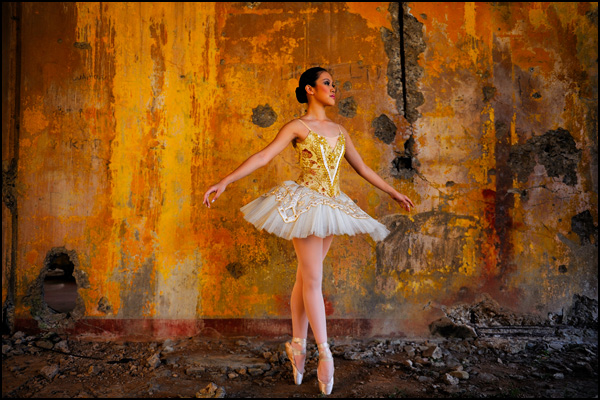
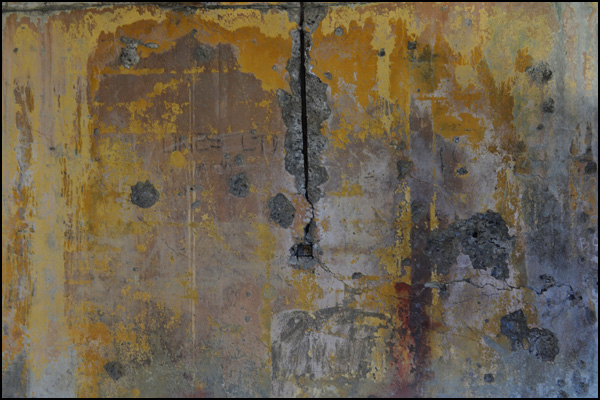
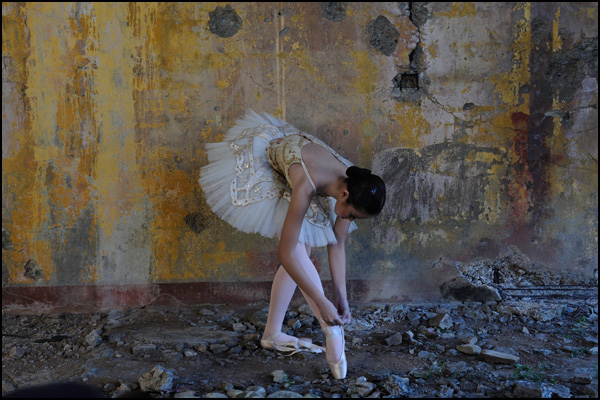
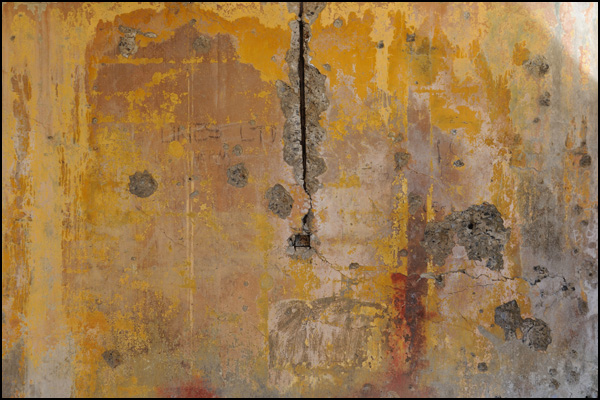

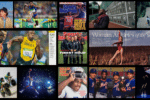

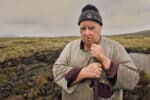
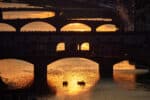
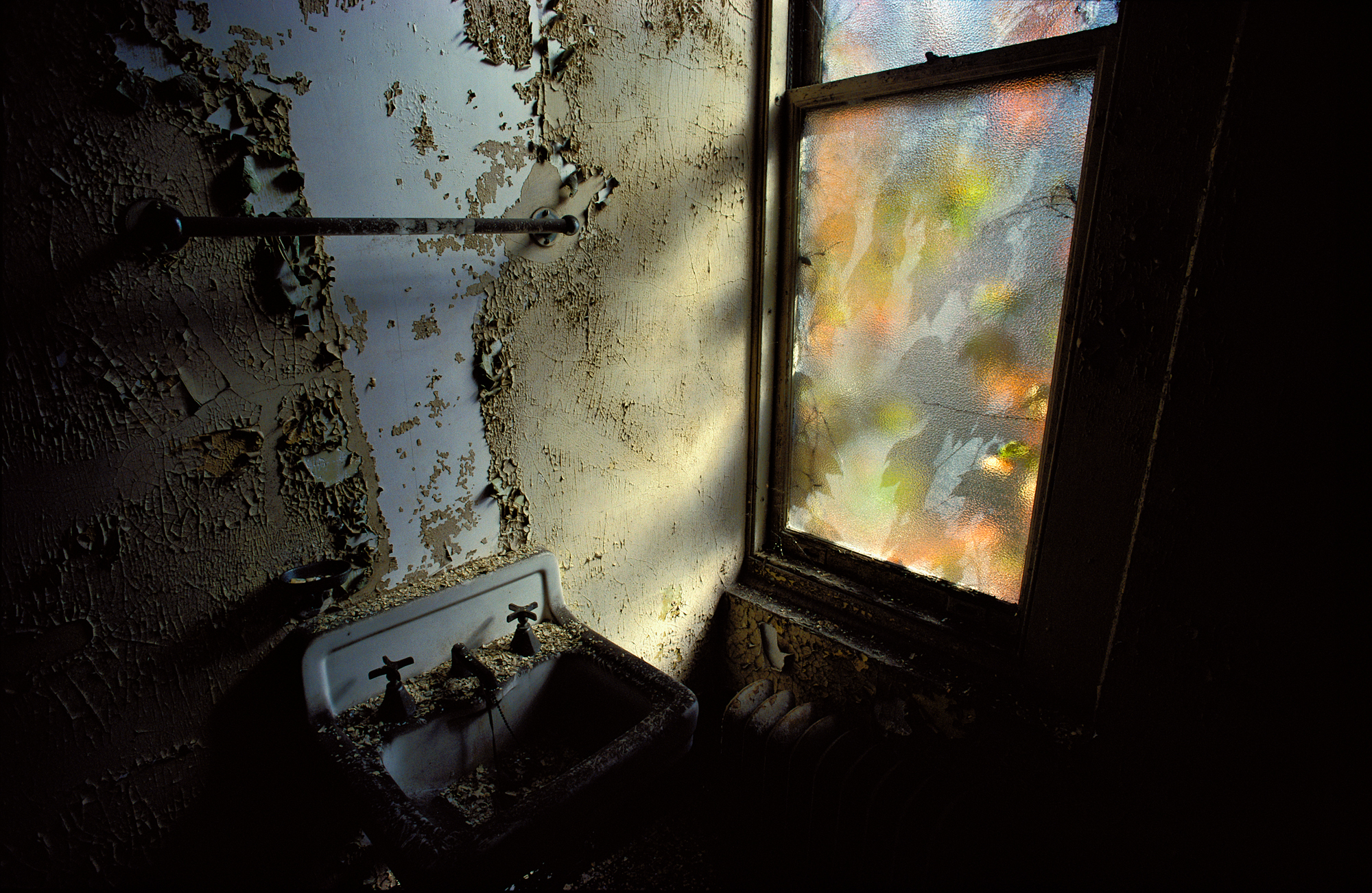



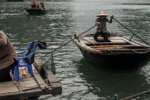



Dear Joe,
Great insight to the shoot. But I’m struggling a wee bit with your description. Any chance you could draw your audience a diagram explaining what you have done to achieve this image. In particular where the bed sheet is, “feathering (swivel)”, building a gobo etc. I’m very new to using strobes and artificial light, you might tell…
Sorry to be demanding, but the transition from the first image to the last is so pleasing that I would love to ensure I understand the process.
Warmest regards,
Nick
sure will get to it tonight
thanks again Joe. This is a very helpful post. I love the improv of borrowing the hotel bed sheet!
Joe,
I have to agree the warmer photograph is absolutely stunning!
As Nick mentioned, it would be great to see the diagram of the setup…look forward to seeing it.
Thanks for the continued inspiration!
Sincerely,
Alim Kassim
Seattle, WA
Mr. McNally — I just love your blog and your sense of humor!!! Great information but mostly real life — out there just as it is!
kt
Joe,
When you use the SB-800’s, do you trigger them with Pocket Wizards? Or do you use the built in Commander on your Nikon’s?
Will the Commander do just as well of a job triggering them? What if I had 2 or 3?
By the way, Awesome book! Read every page, even the Extra Chapter that is on Peachpit’s website.
Thanks
Drwe
Joe,
The warm version of that picture gives me wood! There’s a certain je ne sais quoi about the ballerina set in industrial decay.
Thanks for doing this blog! I expect to learn a lot at this master’s feet.
– Paul –
Maybe I’m a little against the grain, but I Actually like the “blue” version. I would probably work the WB a bit in Bibble, but the capture itself reminds me of a DEGAS. The shadows on her skin even begin to look like charcoal.
Rather than a light temp change, i would have loved to see her further from the wall and a wide Aperture to make the background even more like a watercolor or pastelles. But thats only because I love Degas.
Thank you for letting us in on some of your process with these Blogs and the beautiful captures.
Dave
Hi Dave,
I am afraid I will sound repetitive as the above comments have already stated.
I really appreciate your blog as I am learning much on color and the use of available materials as a way of modify the light that is around a particular subject.
Please keep up the good work. Your blog has become a daily visit to learn something new, be it an idea, technique or just a different point of view that will help me try new things.
Carlos
Ha Joe,
I think I get the set up and love the results…..But other then the quality and the directional nature of the strobes….Could the colour not have been achieve with a simple WB setting? Like if the open shade is simmering at about 7000K, could you not just through the WB on say 10,000K?
Or is this more about the mixing of the two lights…Cool verses warm?
BEAUTIFUL! Love it…. Bravo!!! 🙂
Hi Joe,
Them’s some damn nice cto coloured bedsheets in your hotel! I must complain to Holiday Inn next time in the States.
Yer blog’s a fun read, there’s a whole bunch of us having a good giggle.
Cheers, Nigel
Dear Mr. McNally,
your blog has been a whisk of fresh air and provides highly valuable insights into your lighting strategies without having readers trip over details (I’ll trip over these when I’m attempting to mimic your lighting).
I’m a big admirer of how you use your strobes (and possibly some swiped linnen) to create this soft wrapping light and I feel your blog is gradually proving the perfect addition to David Hobby’s strobist blog.
Hope you keep up posting articles of this nature.
Regards,
Emile
Joe,
You’ve mentioned swiping bedsheets in the past. Does the International Association of Hotel Owners and Operators know about your habit of stocking up on light modifiers while on the road or do they see you coming and automatically surcharge you? I wonder what maids think the next morning when they see the sheet missing, toga party?
Best,
Dan
Hi Joe,
Beautiful, creative shot … love it!!!!
Just wanted to add to everyone else’s comments above a say a huge THANKYOU for starting this blog, and the new book…well, mine has just arrived and it’s nothing short of AWESOME!!!!
Guess I’ll be coming over from the UK for some courses with you soon.
Best wishes to you and yours,
Glyn
Great image. Thanks for the explanation. It is interesting to see how much of photography is presented macgyver-style nowadays with hacks to do the work and to stand out. It’s definitely better than the snooty approach that used to be so prevalent until recently.
Thanks also for your new book – it’s a very interesting, entertaining and enlightening read!
Joe,
this shot is so00000 cool, I mean warm. Thanks for sharing, the way you tackled the light gives me inspiration. Your book is class too, you’re the man
Cheers
Paul